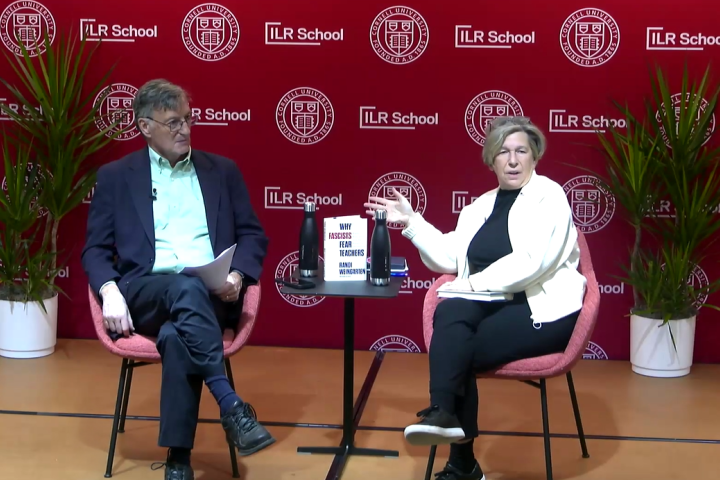
Mutual Goals Are Not Enough to Achieve Success for Labor-Management Partnerships!
By John August/Director of Healthcare and Partner Programs at the Scheinman Institute
How to unify all stakeholders, from frontline staff to executives, is understood to be an essential component of success for most enterprises. There have been many approaches to this over time: from dictates from the top that are expected to be followed, to more decentralized notions of decision-making.
Building unity of purpose in organizations remains very challenging.
And for good reason, especially when we view unity of purpose through the lens of labor relations and labor-management relations. Collaborative efforts may be seen as a good idea, but unifying stakeholders with competing or unaligned interests is among the most difficult tasks the parties face.
In the article today, I explore the unifying strategy of what scholars and practitioners call a “Learning Organization” as both a shared vision and goal, as well as a system-wide implementation process for sustained success.
We appreciate the creative potential from the Institute of Healthcare Improvement’s Triple Aim to the Value Compass of Kaiser Permanente, and the collective bargaining agreement of the Labor-Management Partnership at Kaiser Permanente which covers 120,000 employees, 20,000 physicians, and another 20,000 managers.
I suggest that among the most important factors for success in labor-management partnership is to re-shape thinking about the concept of a Shared Vision or Mission or Goals that are common features of most collaborative efforts. I have seen that without the capacity for all employees and stakeholders to learn about how each and every day they can and must contribute to a unifying theme, the unifying theme itself becomes subject to the external pressures on the organization, and when that happens, the collaborative efforts stall or end.
Without the ability to constantly adapt and push beyond those pressures, the Shared Vision becomes self-limiting, and causes the partnership to for all of its good intentions, to not be able to withstand the challenges the organization faces.
Read John August’s entire article on this subject.



